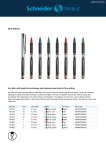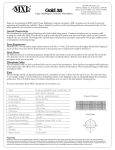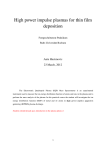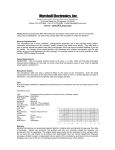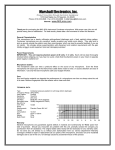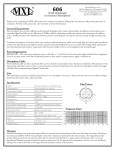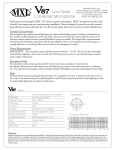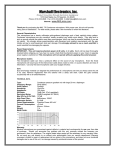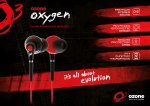Transcript
neumann.berlin the microphone company M 50 – The Historic Omni Directional At the same time as Neumann launched the M 49, the first remotely controlled microphone, Neumann also introduced a new omni directional microphone, model M 50. This microphone distinguished itself by not merely using a pressure transducer as its pickup, but also by mounting this capsule in a spherical body with the diaphragm flush with the surface of the sphere. Unlike a conventional cylinder shaped omni directional microphone, the arrangement of the capsule and sphere provides a different behavior in the sound field. As result the microphone has a very smooth frequency response to above 1000 Hz with a gradual rise reaching +6 dB from 8000 to 16000 Hz. Simultaneously, the directional characteristic shows an increasing directivity toward the higher frequencies. The unique feature of the microphone is its high frequency directivity, similar to that of a pressure gradient type, combined with the linear response at low frequencies, well known for pressure microphones. Mechanically the M 50 is constructed like its sibling model M 49. The amplifier is elastically mounted on a solid rubber plate, while the microphone capsule is mounted in its Plexiglas sphere on the plastic amplifier cover via an elastic suspension. As the active element a Telefunken triode of the type AC 701 (k) is used. Originally the microphone capsule was equipped with a highly stretched aluminum diaphragm, later versions employ gold sputtered polyester foil. In order to achieve a high sensitivity and low equivalent noise level, the separation between diaphragm and electrode is an extremely narrow 10 µm. By comparison, this distance is typically more than twice as large with other condenser capsules. The M 50 microphone was very quickly accepted as the high quality microphone for all classical recordings, as spot microphone for woodwinds and brass, but also for strings. An interesting experience was reported from a recording studio in Berlin, where two M 50s were placed as spot microphones in front of a violoncello at a distance of 2,5 m. The optimum sound was achieved with both microphones turned off axis by approximately 15°. Thus the directivity of the M 50 was used as a sound defining element.
